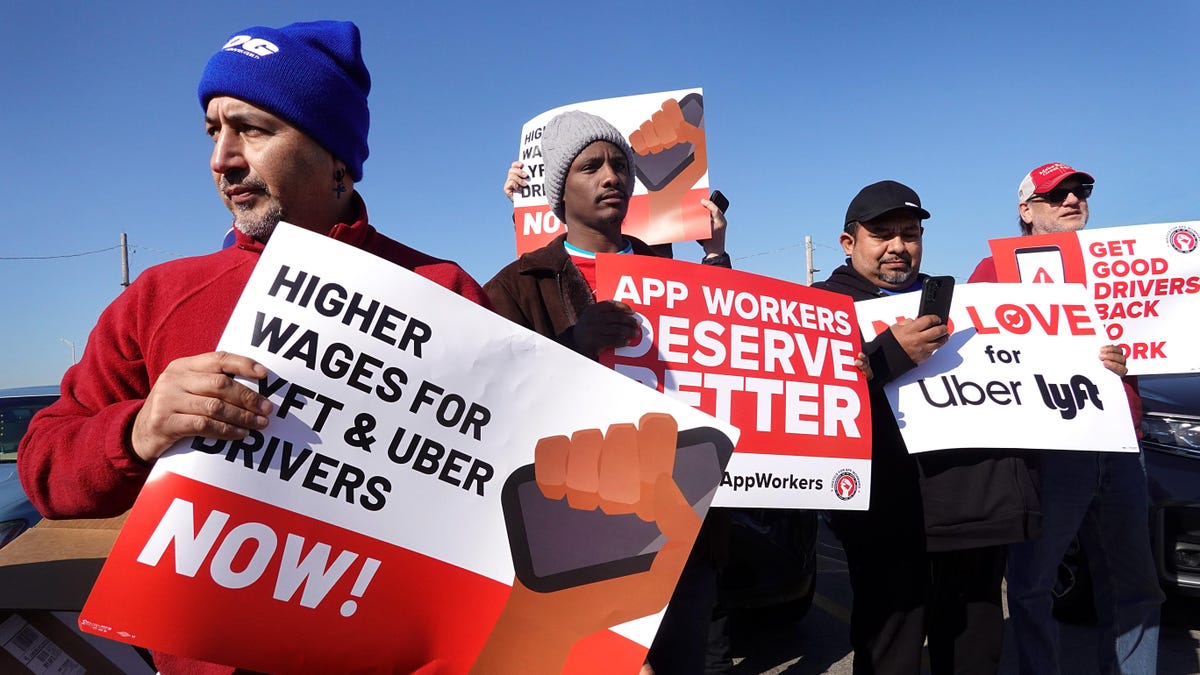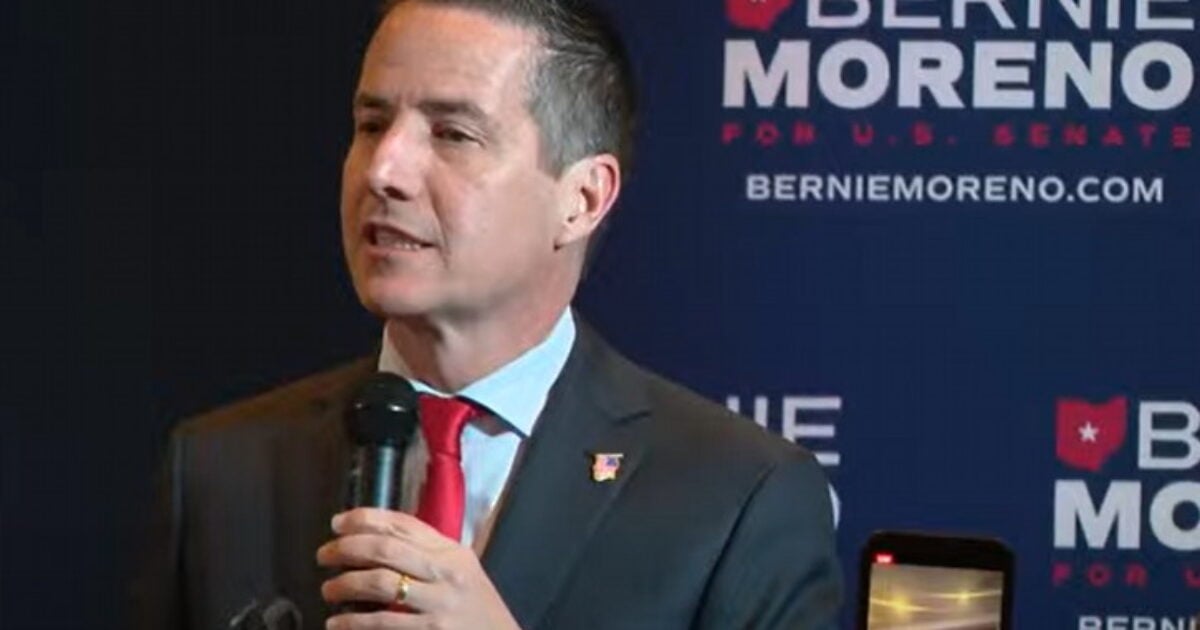The Chicago Application Drivers’ Participation in the Multi-City Valentine’s Day 2024 Strike for Increased Wages
Recently, Chicago application drivers have embarked on a significant endeavor by joining a multi-city strike on Valentine’s Day in 2024. The primary objective behind this collective action is to advocate for higher wages, addressing a crucial concern that has been prevalent among ride service applications like Uber and Lyft for quite some time.
The Long-standing Battle for Fair Compensation
For several months, Uber and Lyft have been engaged in a contentious struggle against the efforts of the Minneapolis, Minnesota government to elevate driver pay to match the city’s minimum wage of $15.57 per hour. These companies even went as far as to threaten to cease their services in the city if they were compelled to comply with the wage regulations. However, in a surprising turn of events, Lyft has expressed a willingness to engage in negotiations with city officials, signaling a possible compromise instead of resorting to drastic measures such as suspending operations.
In a letter addressed to the Minneapolis City Council, Lyft’s Chief Policy Officer, Jeremy Bird, emphasized the importance of collaboration between the ride-sharing companies and local authorities. He proposed that Lyft would be open to adopting a pay structure based on time and mileage, as suggested by a state government study commissioned to assess driver earnings. According to the findings of the study, implementing this approach could potentially increase driver earnings by 17%, providing a much-needed boost to their income levels.
Insights from the Government’s Study
The state-conducted analysis revealed that the median driver pay in Minneapolis and its neighboring city, St. Paul, stood at $13.63 per hour after factoring in expenses. The report further highlighted that drivers in the Twin Cities metro area earned an average of $52.94 per hour based on passenger time (P3) in 2022. However, the study indicated that drivers only had a passenger in their vehicle 58% of the time they were logged into the app and available for dispatch. This factor, coupled with idle time and vehicle maintenance costs, substantially reduced their actual earnings.
Additionally, the government study unveiled that drivers in Minnesota were three times more likely than other workers in the state to rely on assistance programs like food stamps or Medicaid due to their financial constraints. These findings underscored the urgent need for addressing the disparity in driver compensation and ensuring their financial stability.
Implications of the Minimum Wage Ordinance
In response to mounting pressure from drivers and advocacy groups, the Minneapolis City Council took decisive action in August by passing a $15-an-hour minimum wage requirement for application drivers. This move was motivated by drivers’ grievances regarding their inadequate share of customer fares, despite witnessing an increase in overall fares charged to passengers. Uber and Lyft’s resistance to government regulations has been a consistent theme throughout their operational history, often resorting to threats of service suspension to evade compliance.
Following the city council’s decision to override the mayor’s veto of the wage ordinance in March, Uber and Lyft announced their intention to cease operations in Minneapolis by May 1. In response, the city authorities began exploring alternative transportation options, with plans to provide grants to businesses developing alternatives to the ride-sharing apps. Additionally, drivers themselves contemplated the possibility of establishing their own application to address the void that would be left by the departure of Uber and Lyft.
In conclusion, the ongoing saga between ride service applications and city governments underscores the complex dynamics of the gig economy and the challenges faced by drivers in securing fair and equitable compensation for their services. The Valentine’s Day strike by Chicago application drivers serves as a poignant reminder of the need for sustainable solutions that prioritize the well-being and financial stability of those operating within the ridesharing industry.
Image/Photo credit: source url





